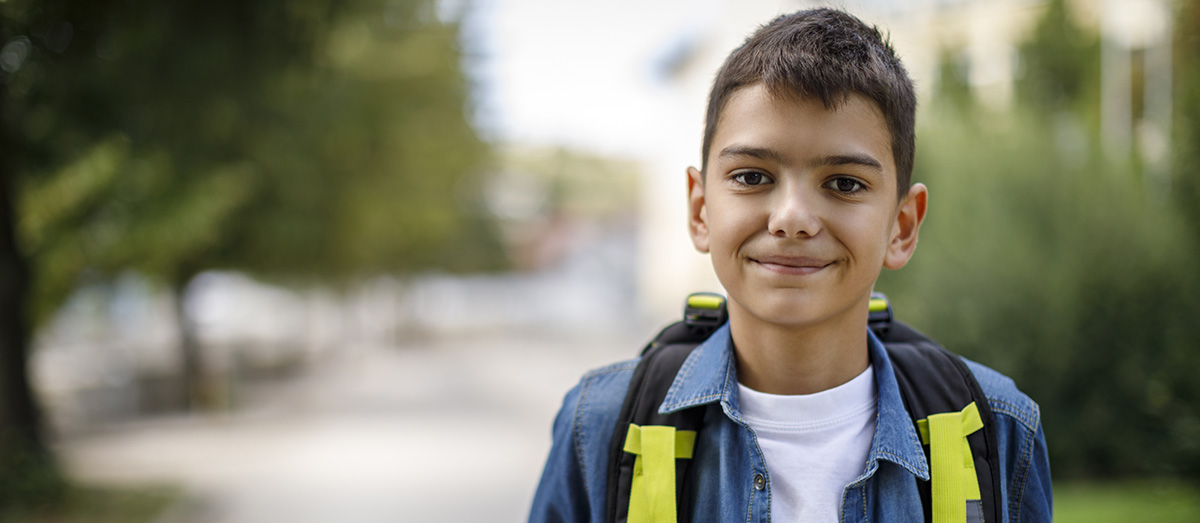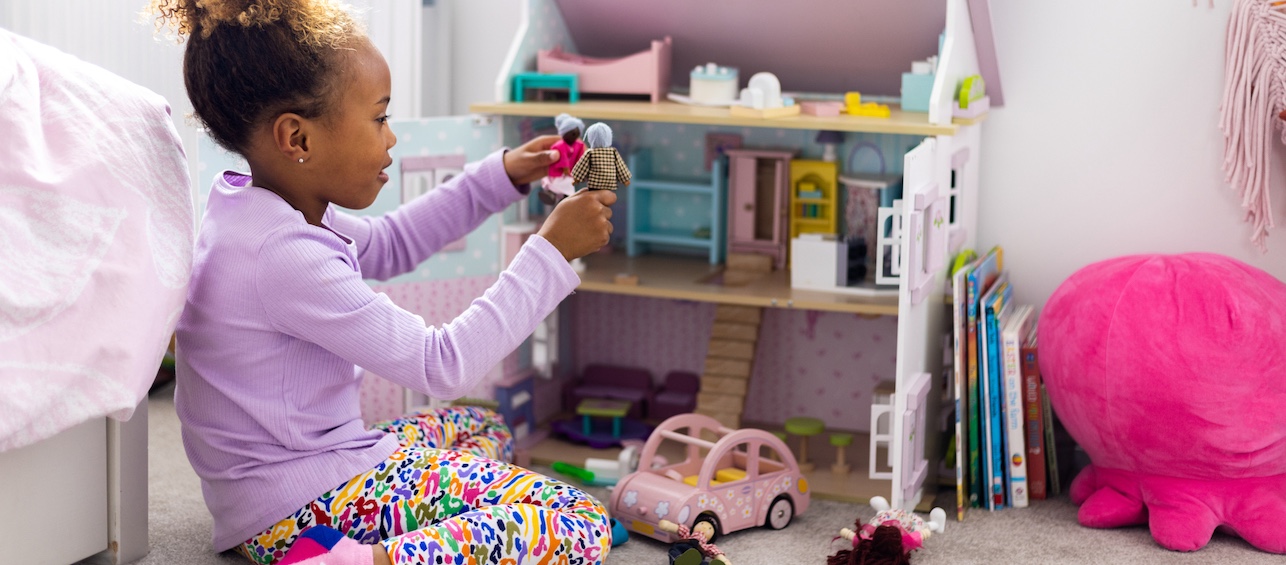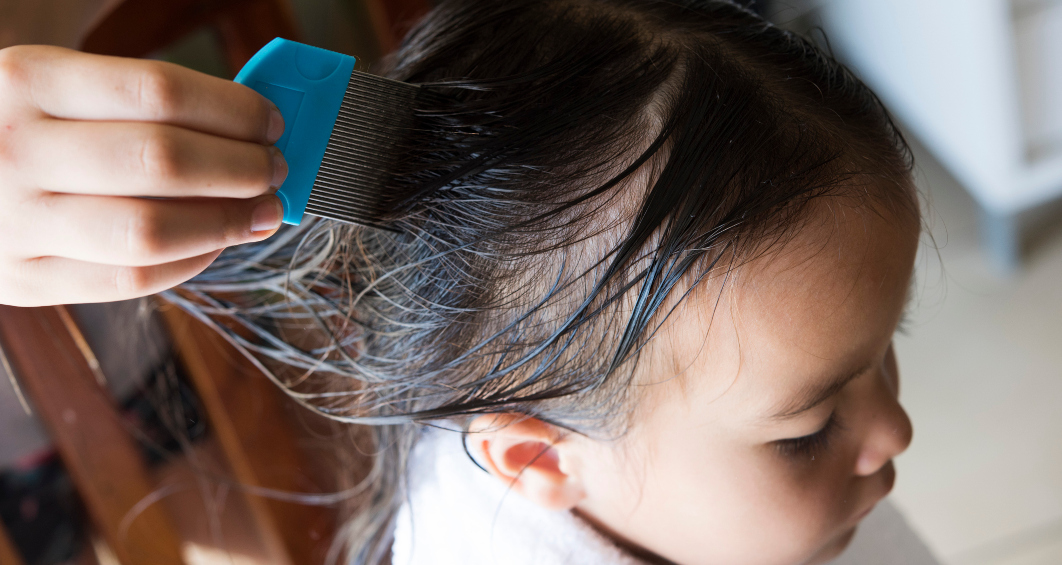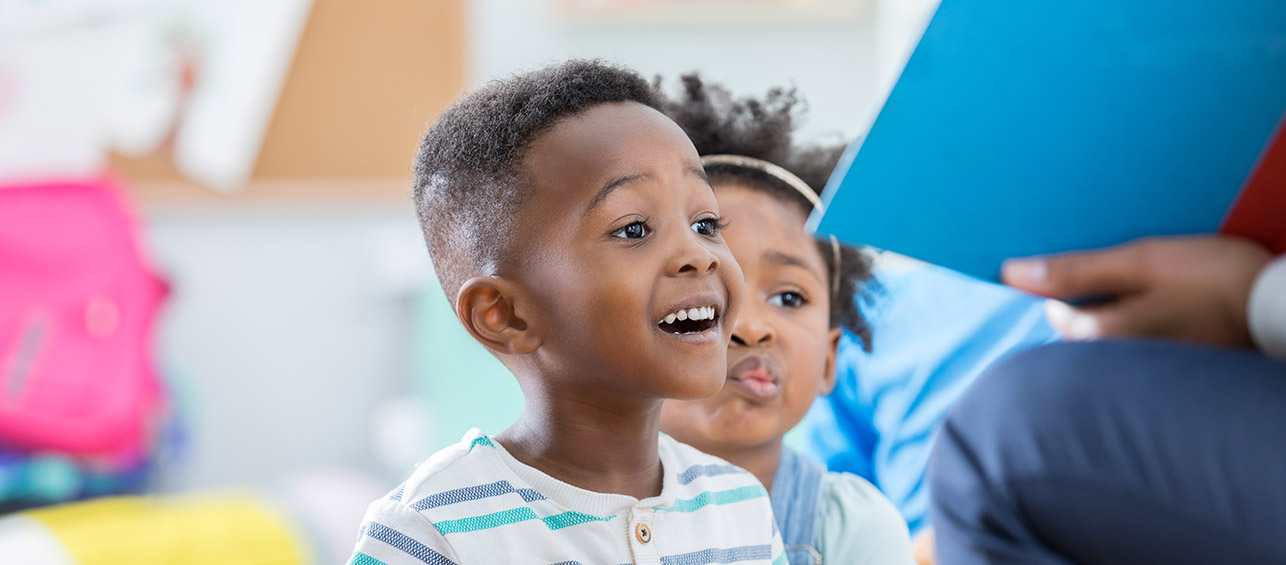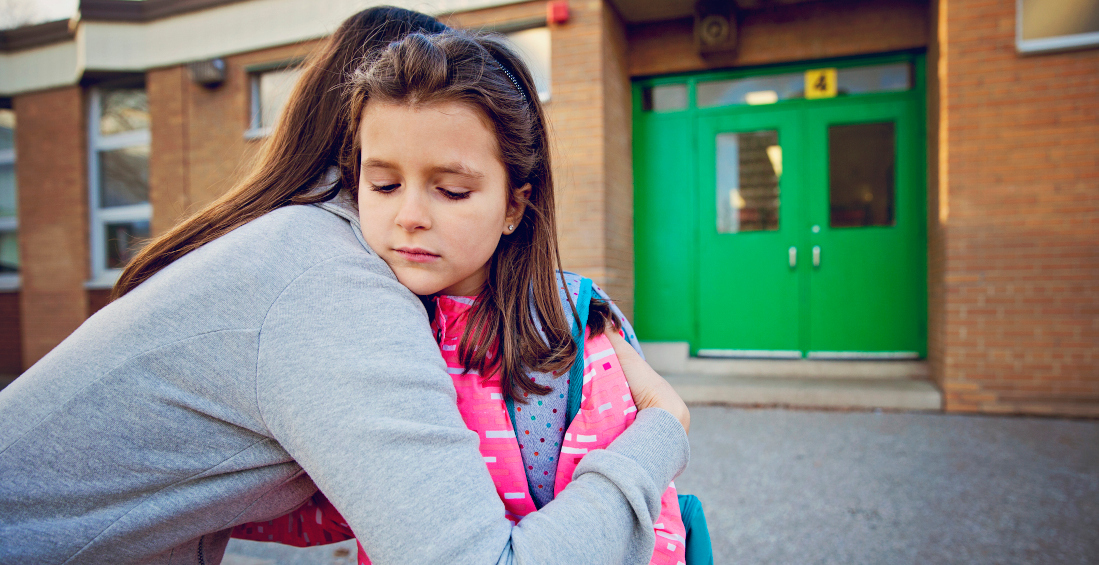Parents and kids alike have a lot of mixed emotions about the impending school year.
And while it’s typical for everyone to be a little nervous about getting back to it, this year may be particularly rough. Many children have been out of their “normal” school routine for the last 4-6 months!
Some parents may be looking forward to their children returning to school, but may be anxious about what it will look like. They may also be concerned about whether their kids have fallen behind academically, especially if distance learning was particularly difficult.
Kids are likely excited to see their friends on a more regular basis and to participate in their favorite activities, but may wonder how different it will be. Not to mention that they may be worried about having to do work again!
What makes easing these worries even more difficult is that we don’t have a lot of information about what the school year will look like yet. However, it is important to talk to kids about it early so that they can begin to process and address any worries. Here’s how:
Easing Back-To-School Jitters in 2020
1. Share age-appropriate information once available
First, parents should read over and digest the school plans before discussing it in any detail with their kids. It will be important to be positive and enthusiastic when describing what the upcoming school year will look like.
-
- Preschoolers: Explain that when they go back to school, they’ll probably have to wash their hands whenever their teacher tells them to. It may also be helpful to practice certain behaviors that are likely to be required, such as wearing a mask and keeping a safe distance from others (two arm lengths away).
- Early elementary: Discuss the new rules (once available) and answer their questions about how it will be the same and different. For example, their desks may be further apart, and they may have to eat lunch in the classroom. Make it clear to your child that the adults at school are responsible for making sure everyone is safe and that these new rules will have to be followed.
- Middle school and up: Discuss the new guidelines (once available) and what they can do to engage in safe, healthy behaviors. Address how it may impact their after school and extracurricular activities.
2. Answer their questions
You may not have all of the answers, but answering their questions the best that you can and simply having a discussion about it will help ease some of their anxieties about the upcoming school year.
3. Normalize their fears
When kids are upset or worried, explain that most kids in their classes are probably feeling the same way. Everyone is going to have to get used to the new rules together. Teachers know that students may need some additional support and help with their classes.
4. Help them manage their emotions
Kids deal with their emotions in different ways. For example, some kids may benefit from hearing a lot of information about how school will be different. This can help them know what to expect. Others may need to know who they can talk to when they’re feeling worried or upset. Help your child identify by name who they can talk to in specific settings. A counselor or teacher at school and a sibling or parent at home are great options.
Further, it may be helpful to teach your children coping strategies to overcome worries. It is important for coping strategies to be taught, practiced, and modeled to children during times when they are calm. This allows them to build skill with coping strategies before they need to apply them in more distressing situations. After teaching children coping skills, they may still need your guidance on when to use them. For example, if your child seems nervous, you can say, “This is a good time to use a coping strategy like taking a few deep breaths. I’ll do them with you and then we can talk.” Here are a few examples to try:
- Grounding techniques: pick a color and find five things of that color in the room. Continue with different colors and numbers as needed.
- Positive Imagery: think about an enjoyable place like the beach or the forest to take a “mental vacation.” Children can also be encouraged to imagine upcoming fun events like a birthday party or seeing friends at school.
- Relaxation techniques: take slow deep breaths in through your nose and out through your mouth. Or tightly squeeze different muscles (hands, shrug shoulders, legs, etc.) and slowly release the tension.
5. Get back into a school routine earlier than normal
Because kids have been out of school for so long, parents should start getting back to their school routine earlier than normal, such as four weeks out.
- Go to bed earlier, wake up earlier, and practice your morning routine. As the first day of school gets closer, parents can also practice “getting out the door” quickly and efficiently. This can help make sure that children will get to school or on the bus on time and without forgetting anything (lunches, homework, etc.)!
- Do a summer bridge workbook. This may help refresh some of their academic skills and help ease some anxiety about remembering where they left off academically.
- Think through how to get your child excited about the upcoming school year. Ideas include picking out school supplies, choosing a fun or colorful mask, or arranging a socially-distant play date with a classmate.
Editor’s note: Heather Lacey, PhD, School Psychologist, contributed to this blog post.
To learn more about Behavioral Medicine and Clinical Psychology at Cincinnati Children’s, please call 513-636-4336 or visit our website for more information.

